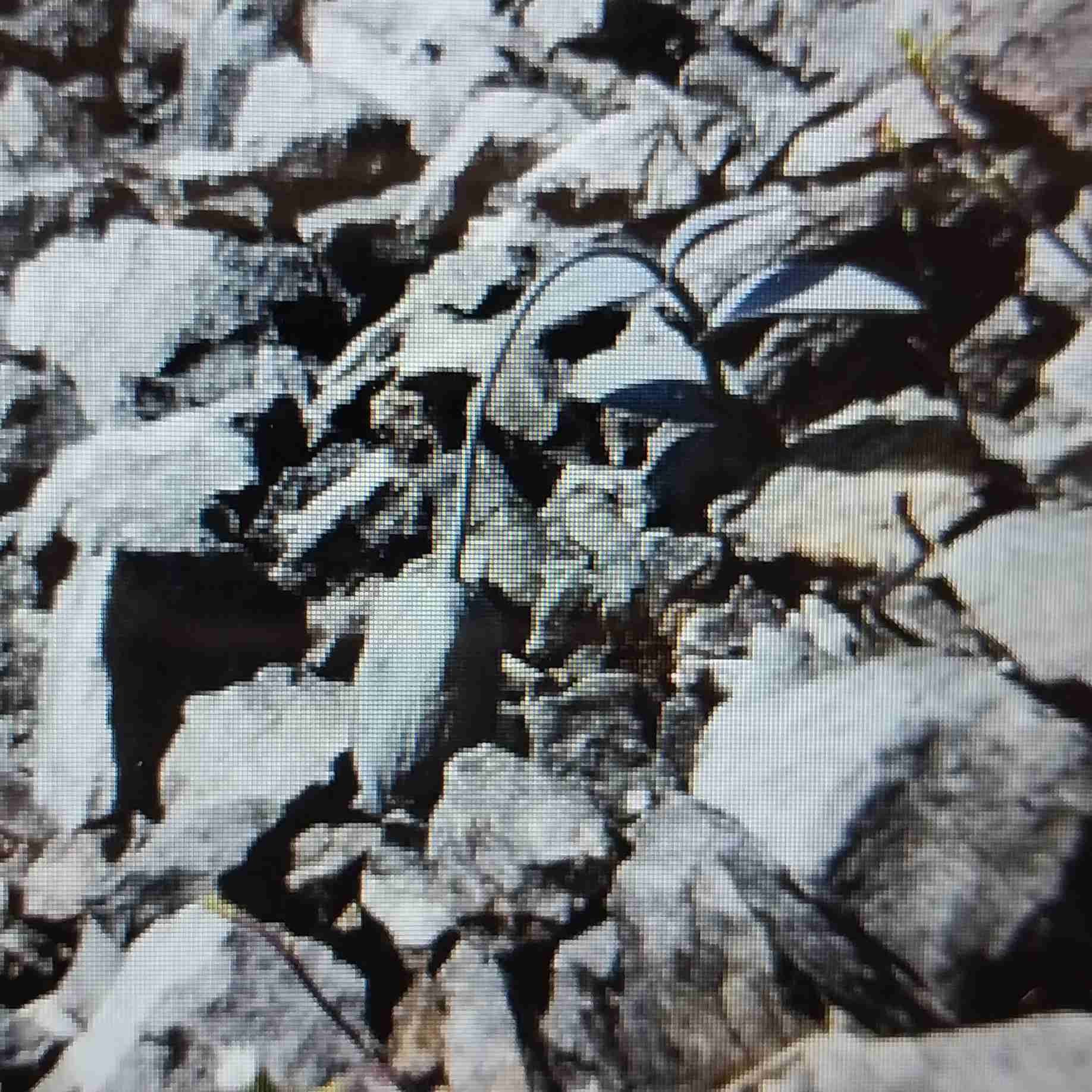Bio: 1-6 Scientific Names
1/52
There's no tags or description
Looks like no tags are added yet.
Name | Mastery | Learn | Test | Matching | Spaced | Call with Kai |
|---|
No study sessions yet.
53 Terms
Rhizobium
bacterium that invades the roots of plants and forms nodules where nitrogen fixation takes place
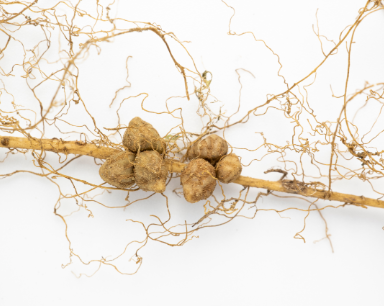
Spirulina
cyanobacteria that is used as a health food and is high in protein
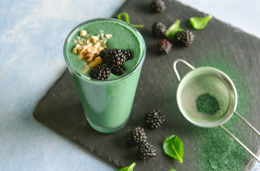
Nostoc
colonial cyanobateria that forms a long chain of bead-like cells. The larger cells of heterocysts for nitrogen fixation
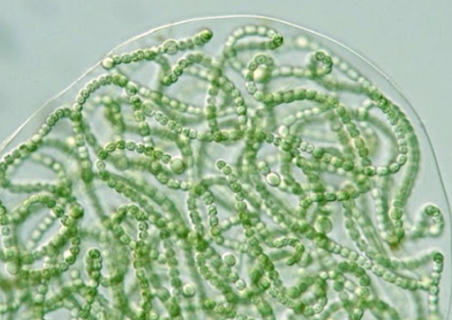
Gloeocapsa
cyanobacteria that are found as individuals or in small clusters. Their gelatinous sheaths give the cells a “glowing” appearance
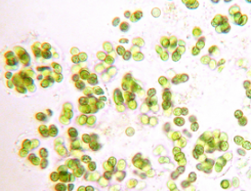
Oscillatoria
cyanobacteria made up of long straight filaments that are made up of a single row of cells. It moves by spinning and filaments can slide back and forth to angle themselves toward a light source
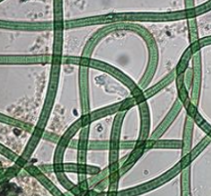
Euglena
are covered with a layer of flexible proteins, called a pellicle. Use contractile vacuoles that fill with water as it enters the cell and then contract to expel the excess water from the cell. Have chloroplasts, and a red eyespot used to detect light.
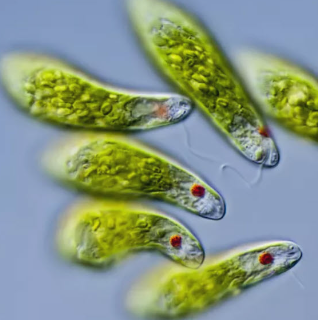
Diatoms
have clear silica on their cell walls. The two parts of the cell wall fit tgether like a box and lid. Its diatomaceous earth is used for many things.
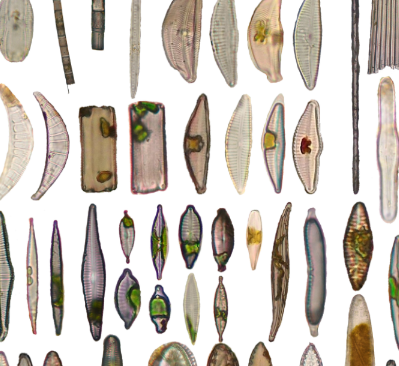
Fucus
brown algae with disk-shaped holdfasts and flat, forked blades with air bladders embedded in them. The male and female reproductive organs, called conceptacles, are visible as swollen areas on the tips of the blades
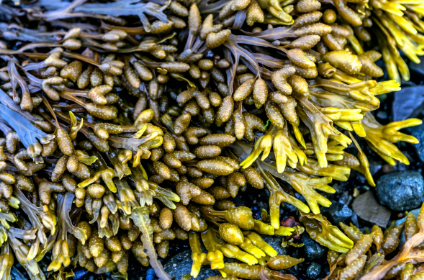
Laminaria
brown algae with long, flat blades and usually grow to lengths between 3-9 feet long. The stipe superficially resembles the stem of land plants and is flexible and somewhat elastic, with a holdfast at its inferior end.
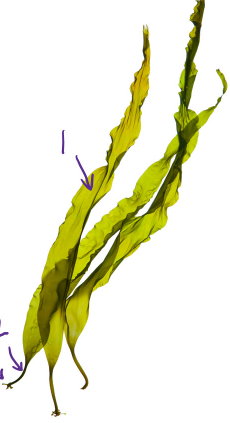
Sargassum
brown algae that has many leafy blades on stem-like stipes and round, berry-like air bladders that are easy to observe
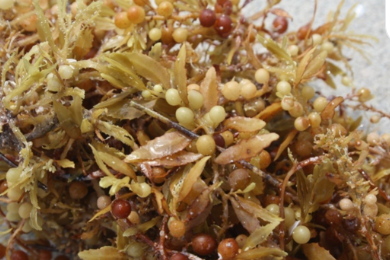
Dinoflagellates
phytoplankton with cellulose plates of "armor" and by two flagella oriented in perpendicular grooves. One moves them forward, the other often causes them to spin when they swim
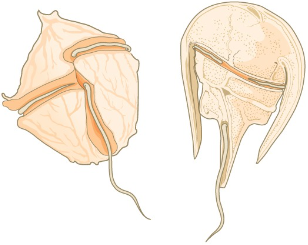
Karenia brevis
When present in large quantities, as in harmful algal blooms [HABs], or "red tides”
![<p><span>When present in large quantities, as in harmful algal blooms [HABs], or "red tides”</span></p>](https://knowt-user-attachments.s3.amazonaws.com/19a6417a-4450-4e1e-97d2-23f1158985b3.png)
Paramecium
ciliate with an oral groove
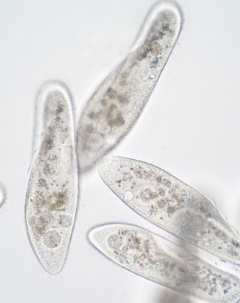
Vorticella
cilite with a cup-shaped cell, rimmed by cilia, and attached to a long stalk. It uses the stalk to attach to a substrate. When disturbed, this stalk coils tightly to retract
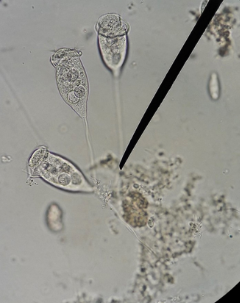
Forams
have porous shells made of calcium carbonate, giving them a chalky appearance and texture. They use thin, thread-like pseudopods that extend through holes in the outer shell to capture prey
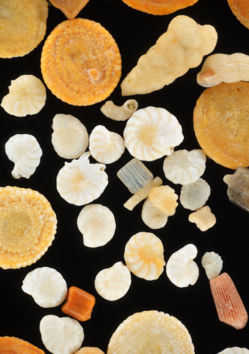
Radiolarians
unicellular predatory protists, covered in elaborate shells usually made of silica and perforated with holes in a variety of patterns, forming a series either of lacy plates or needle-shaped spikes
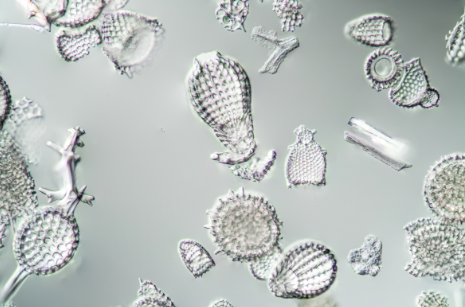
Chlamydomonas
green algae with a single large chloroplast that fills almost the entire cell. They, like Euglena, have a red eyespot. They move with the help of 2 anterior flagella
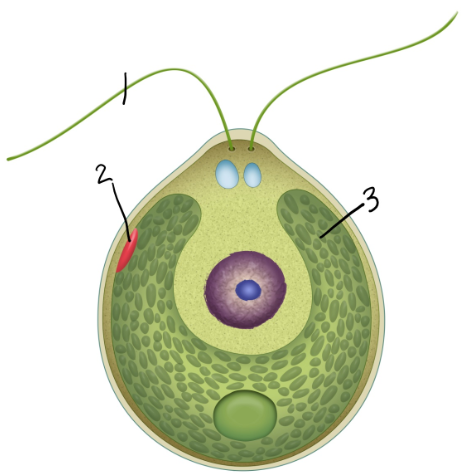
Spirogyra
coiled, spiral-shaped chloroplasts. Reproduction occurs both asexually through fragmentation and sexually, via a process called conjugation
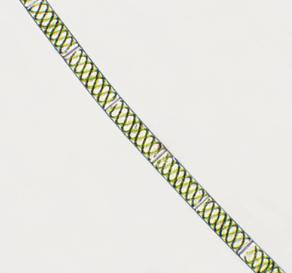
Volvox
a colony of flagellated cells that form spherical or oval hollow colonies containing anywhere from 500 to 60,000 cells. most commonly reproduce asexually by forming and then releasing smaller daughter colonies
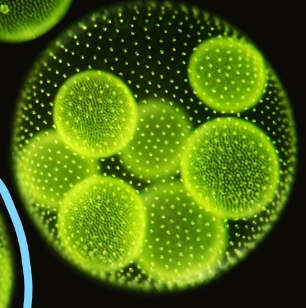
Desmids
unicellular protists belonging to the charophyte group of green algae. They occur in standing freshwaters. Each cell consists of two halves that are symmetrical mirror images of one another. The nucleus is found in the connecting bridge between the halves.

Amoebas
have rather thick, lobed pseudopods that they use for movement, as well as engulfing food
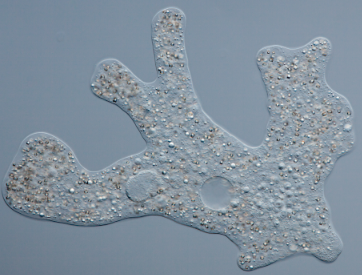
Choanoflagellates
have a single flagellum surrounded by a collar of microvilli
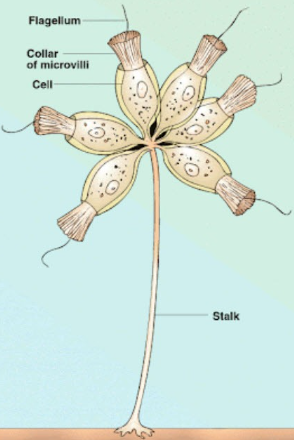
Phylum Hepaticophyta
liverwarts
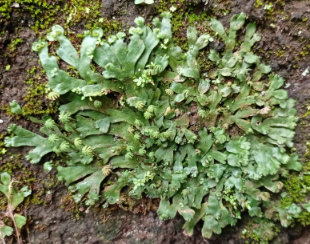
Phylum Bryophyta
mosses
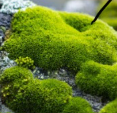
Sphagnum
peat moss is commonly used as fuel in some parts of Europe and is considered a renewable resource
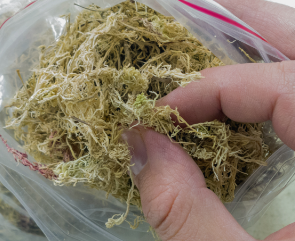
Phylum Anthocerotophyta
horn warts
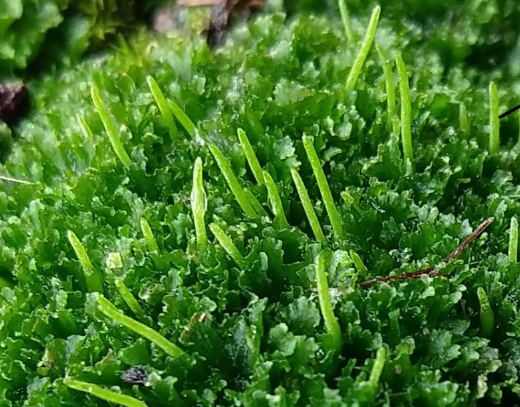
Phylum Lycophyta
club mosses “little pines” and have strobilli
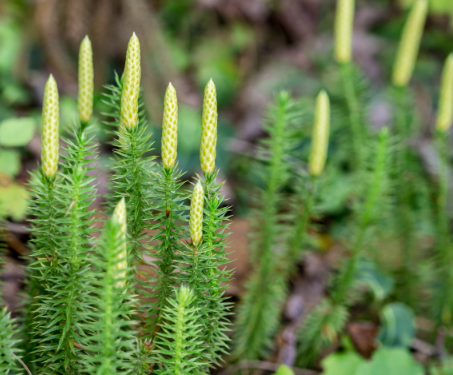
Lycopodium
its powder was used in the fuel for the first internal combustion engine and even in the machine that inspired the Xerox machine. Parts of this plant have been used in treating digestive tract problems, urinary tract infections, headaches, various skin conditions, and inducing labor
Phylum Pterophyta
whisk ferns, horsetails, and ferns

Gymnosperms
plants that produces seeds, but no flowers and fruits
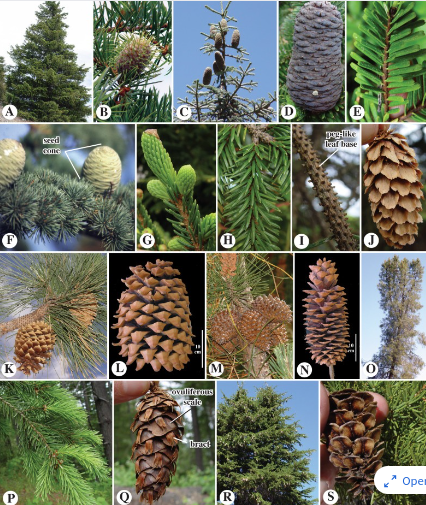
Phylum Coniferophyta
Sequoia and Pinus longaeva
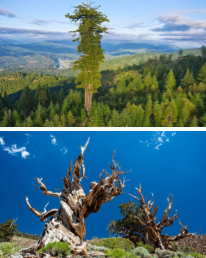
Phylum Cycadophyta
Cycads
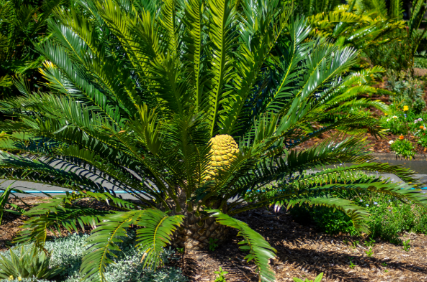
Phylum Ginkgophyta
Ginkgo
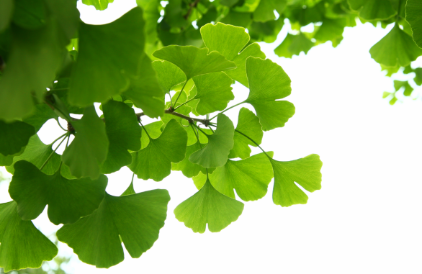
Phylum Anthophyta
Angiosperm
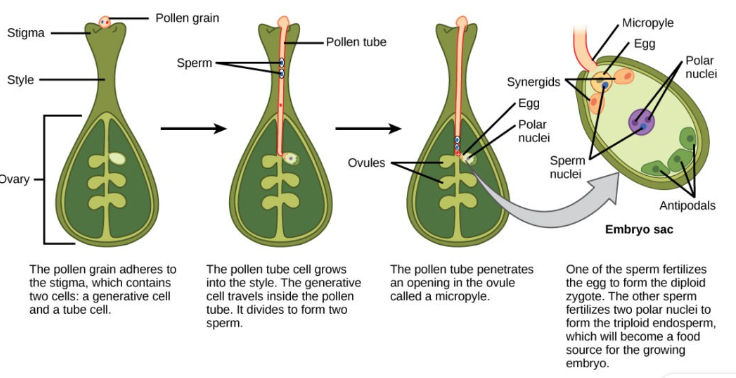
Candida
fungi that can go to practically any organ and cause fatal effects
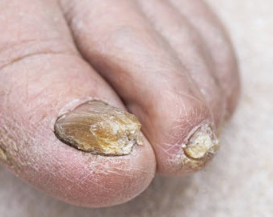
Penicillium
fungi used for antibiotics
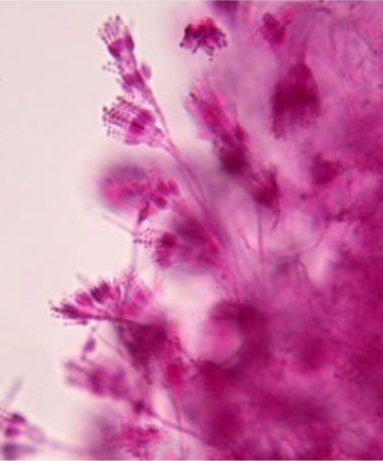
Deuteromycota
an informal group of unrelated fungi that all share a common characteristic. These fungi are strictly asexual. They have never been observed using sexual reproduction.
Phylum Chytridiomycota
aquatic fungi, referred to as the chytrids, as possibly being the link between aquatic protists and fungi. Most biologists consider the chytrids as primitive fungi due to the flagellated cells they produce during their life cycle.
Phylum Glomeromycota
form mutualistic relationships with plant roots to form endomycorrhizae with most herbaceous plants and tropical trees. Although there are various types of mycorrhizas, involving different fungal and plant symbionts, the endomycorrhizae (also called arbuscular mycorrhiza or AM) are the most widespread
Phylum Zygomycota
fungi characterized by the formation of zygospores
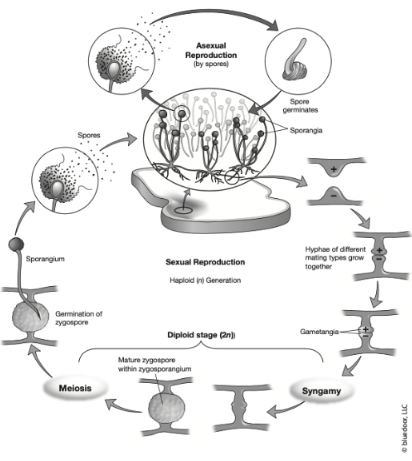
Rhizopus
black bread mold, is an example of a zygomycete
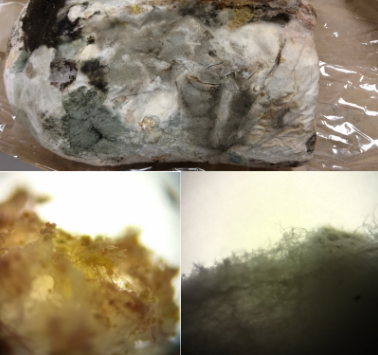
Phylum Ascomycota
The name refers to the sac structures called asci where sexual spores are produced. The ascomycetes (sac fungi) include most yeasts, powdery mildews, morels, and truffles.
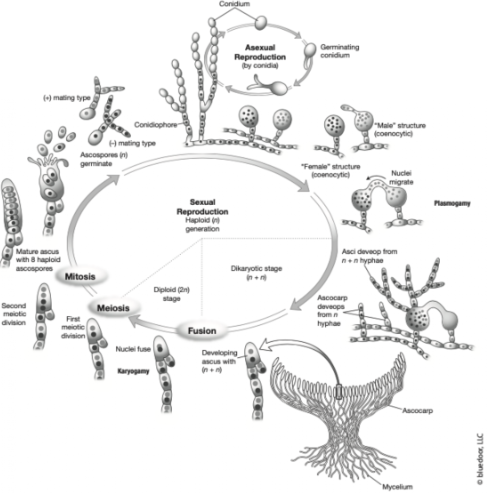
Peziza
genus of fungi

Phylum Basidiomycota
group of fungi often referred to as the club fungi or basidiomycetes

Crustose
grow flat against a surface (encrusting)

Foliose
flat with leaf like lobes
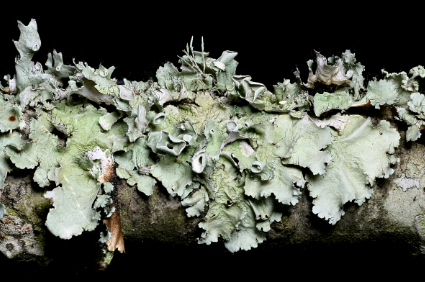
Fruticose
grow erect and possess many branches or are bushy.
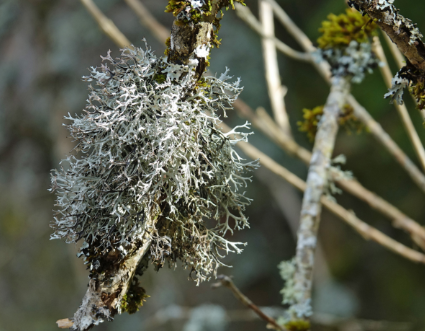
Pyrolobus fumarii
thermophile belonging to Domain Archaea found living in a hydrothermal vent
Tetragenococcus halophilus
halophile belonging to Domain Archaea which is used in the fermentation processes of soy sauce, miso, fish sauce and salted anchovies
Chryseobacterium greenlandensis
psychrophile belonging to Domain Archaea can be found in glaciers, deep ocean waters and polar ice
Helicobacter pylori
acidophile belonging to Domain Archaea is the main cause of stomach ulcers
Fritillaria
Has evolved to camouflage itself within rocks on cliffs
